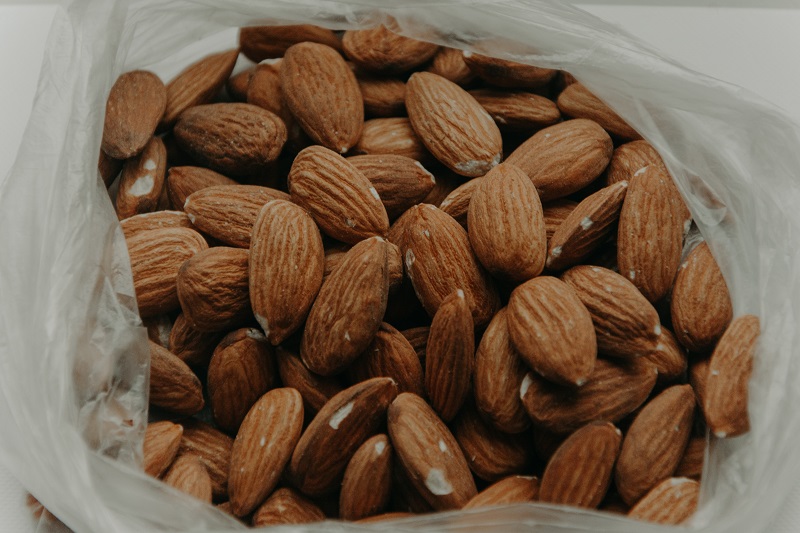How Did Fruit Crops in the Southeast Fare in Wake of Latest Freeze Event?
Mother Nature has been flexing her muscles the last few weeks of winter. Food crop growers in the South know this all too well and have been put to the freeze protection test multiple times. In the latest round of extreme weather, Clemson University researchers report South Carolina peaches and other fruit crops appear to have survived the recent cold snap — but only time will tell.
Temperatures fell as low as 19°F in orchards early March 13. Clemson Cooperative Extension Service commercial fruit and vegetable Agent Andy Rollins said the peach crop was in pink to full bloom stage when the icy temps hit. Rollins and other Clemson Extension agents spent all weekend working with growers to help protect their crops.
“Farmers spent last week preparing for the freeze event,” Rollins says. “Winds came in earlier than expected with near-freezing temperatures at 5 p.m. Saturday.”
Wind machines were used in some orchards. “We started around 11:30 p.m. Saturday while others started earlier at 10 p.m.,” Rollins says. “As soon as the sun went down, temperatures dropped. Blooms from those orchards where wind machines were used look better than those not protected but temperatures were so low, we’re not sure how much damage was done.”
Rollins will be looking at crops in his area to assess damages, but said peaches appear to be okay.
Strawberry and blueberry crops in the Coastal Region also felt the cold blast. Rob Last, Clemson Extension horticultural Agent, said temperatures dropped to 23°F with wind speeds of 15 to 20 miles per hour.
Wind gusts may have done more damage than the cold. Zack Snipes, Clemson Extension horticulture program assistant team leader, said wind gusts hit 50 miles per hour in some places, ripping off row covers on strawberries, as well as plastic in fields and on greenhouses.
“Overall, I believe the strawberry crop pulled through fine where folks used and kept row covers down,” he says. “Blueberries got hit hard. The rabbiteyes were in full bloom and the highbush had lots of berries on them. I expect 50% losses or more in highbush and more in rabbiteye varieties.”
Damage assessments are still ongoing.
For more on how apples and peaches fared upstate, visit news.clemson.edu.










